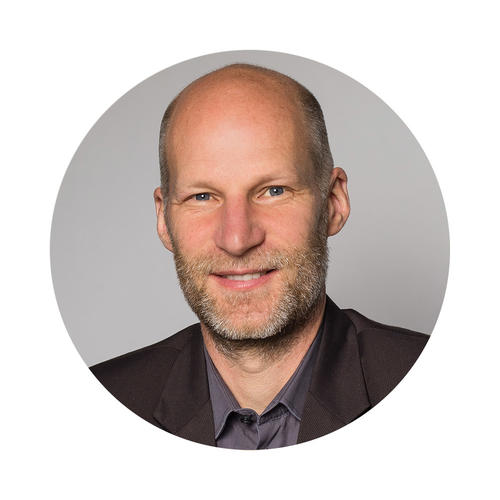War and Peace – Then and Now
Eighty Years after the End of World War Two
Wars and peace agreements are no longer what they used to be. Agreements to end hostilities have existed for thousands of years. But as the philosopher Gottfried Wilhelm Leibniz once remarked, what was called peace was frequently little more than a pause for breath between two adversaries. Peace as we understand it today – as the ideally permanent absence of war – is a modern invention. Peace agreements in this sense only gradually emerged from the seventeenth century onward; they only gained international acceptance beyond Europe in the nineteenth century.
Back then, wars began with a declaration of war, and almost every war ended with a peace treaty. Many of them made it into school textbooks: the Congress of Vienna, Shimonoseki, Brest-Litovsk, Versailles. Since then, however, things have gone downhill. Most wars no longer begin with an official declaration and often end without an actual peace treaty. The number of peace treaties has declined since the Second World War and reached a historic low around the 1980s.
Are peace treaties perhaps overrated? Germany, for its part, has lived quite well without such a treaty since 1945; conversely, one would have no confidence in a document signed by Vladimir Putin or Benjamin Netanyahu. At its core, peace agreements are about reliability, often secured by being embedded in international alliances. The time of grand declarations – curtain up, curtain down – seems to be over. Many wars are no longer even referred to as wars at all. If Tolstoy were to write his great novel today, after the Russian attack on Ukraine, he would have to call it Special Operation and Armistice.
Sebastian Conrad is professor of modern history at the Friedrich Meinecke Institute, Freie Universität Berlin.Further Information
This article is part of the series ‘How do wars finally come to an end?’. You can read it here in German.

